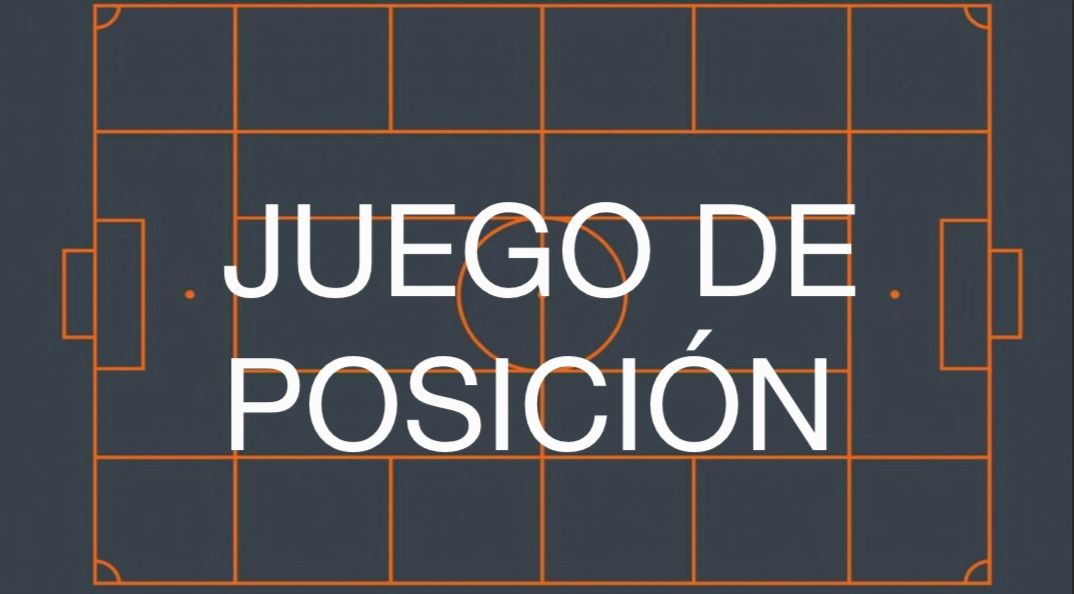POSITIONAL PLAY IN PRACTICE

Positional play or juego de posición is a set of rules that govern where players should be in order to help with ball progression. The idea being that the less players have to think about in terms of what positions they take up on the pitch and what movements they should make the more they can focus on other things such as identifying superiorities and then executing to take advantage of them. It may seem fairly complex and although it takes a while to drill, each rule by itself is fairly simple and logical to understand. This article comes at an interesting time as relational systems and their ‘rules’ or maybe more accurately lack of rules is starting to come to prominence.
First invented by Rinus Michels in his days at Ajax, it has been further developed by Johan Cruyff and most famously in the current generation Pep Guardiola. Every coach has their own interpretation of it and the list of coaches that use a version of it today include; Pep Guardiola, Thomas Tuchel, Jurgen Klopp, Mauricio Pochettino, Antonio Conte and Max Allegri just to name few. When I started coaching in 2016 I knew that I wanted to have a my own guidelines telling players where to be in relation to teammates and the opposition (my positional play rules dont care where the ball is but more on that later). It has been tweaked and added too and I have become much quicker at teaching it to new teams but it remains part of my philosophy.
I would highly recommend that people read the last piece as it will be referenced a lot here but I will give a quick recap as well. There are four superiorities that win games; numerical, positional, qualitative and dynamic. The aim of these rules is to give any one of or multiple superiorities to allow us to progress the ball. Following rules will mean the same situations to come up more often allowing for the brain to focus on other aspects of the game. This is why the easiest place to teach positional play is when playing out from the back as the situations are more repeatable, this is due to the opposition generally doing the same thing for all goal kicks. To simplify the superiorities even further and say the two things that win and lose football games are shape and decisions. Shape is where you want players to be and decisions is then what do you want them to do from there. Positional play helps with the shape and understanding the principles of play and superiorities will help with decisions.



